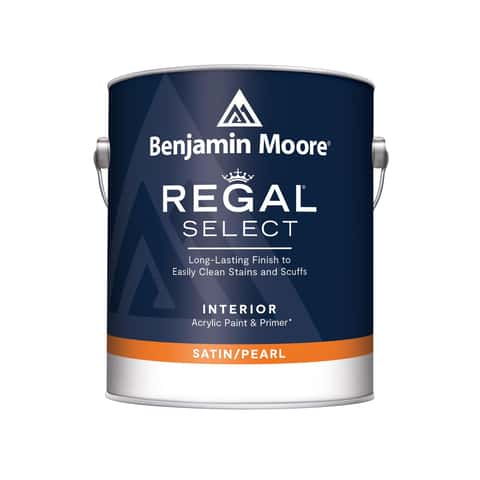
Ensuring food safety and health regulatory compliance depends on high standards of cleanliness being maintained in both commercial kitchens and food processing locations. Selecting the appropriate wall cladding is one of the most efficient methods to do this. Particularly in areas where food is made, kept, or processed, hygienic wall cladding is rather important in establishing a clean, durable, and hygienic environment. Let’s look at a few of the top clean wall cladding choices for these areas.
1. Stainless Steel Wall Cladding
Its many sanitary and functional qualities make stainless steel a popular choice for kitchens and food processing rooms. Its resistance to corrosion, stains, and germs makes it very simple to clean and sterilize. Being non-porous, stainless steel surfaces prevent dirt and grime from penetrating the substance, hence lowering the possibility of contamination.
2. PVC Wall Cladding
Especially in settings that need regular cleaning, polyvinyl chloride (PVC) cladding is another great choice for food processing spaces. With the extra benefit of being resistant to chemicals, dampness, and high temperatures, PVC cladding is both inexpensive and quite robust. Available in a range of colors, patterns, and finishes, it is a flexible choice that fits varied aesthetic tastes.

3. Fiberglass Reinforced Plastic (FRP) Panels
Often used in food processing settings, fiberglass reinforced plastic (FRP) is a strong, lightweight material. Known for their great sanitary qualities, FRP panels withstand moisture, chemicals, and impact. Maintaining rigorous hygiene standards depends on their smooth surface, which stops the buildup of dirt, mold, and germs. FRP panels are also simple to install and maintain, which helps to make them affordable for places needing frequent cleaning.
4. Tiled Wall Covering
For cladding in kitchens and food processing areas, ceramic or porcelain tiles are a classic and dependable choice. Tiles provide a large variety of aesthetic options, are simple to maintain, and are robust. Grouted tiles, on the other hand, can occasionally trap germs in the grout lines, which might create hygiene concerns if not properly maintained.
5. Epoxy Resin Coatings
For wall cladding in kitchens and food processing rooms, epoxy resin paints offer a smooth and robust solution. These coatings provide a smooth surface that is simple to clean and maintain, non-porous, and very chemical resistant, and Often used over current walls, epoxy changes them to an impact-resistant and clean surface.
Choosing hygienic wall cladding for kitchens and food processing rooms should involve both sanitary function and simplicity of upkeep. Each of stainless steel, PVC, FRP panels, tiled walls, and epoxy resin coatings has certain advantages. Budget, installation time, and the particular requirements of the location will all influence the choice of cladding material. Investing in clean wall cladding would eventually not only improve the safety and cleanliness of food handling areas but also help long-term operational efficiency.








